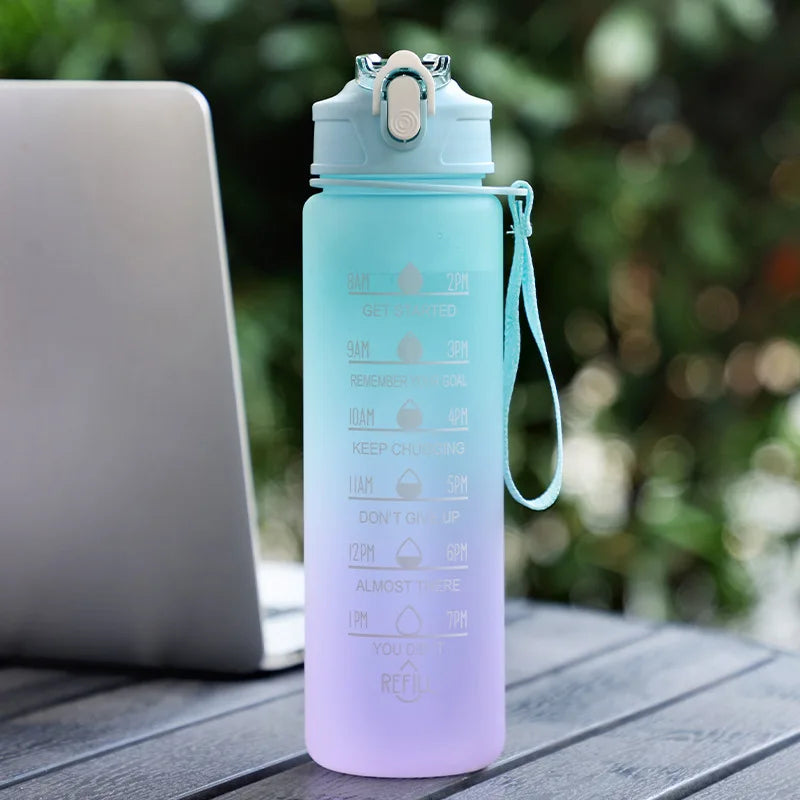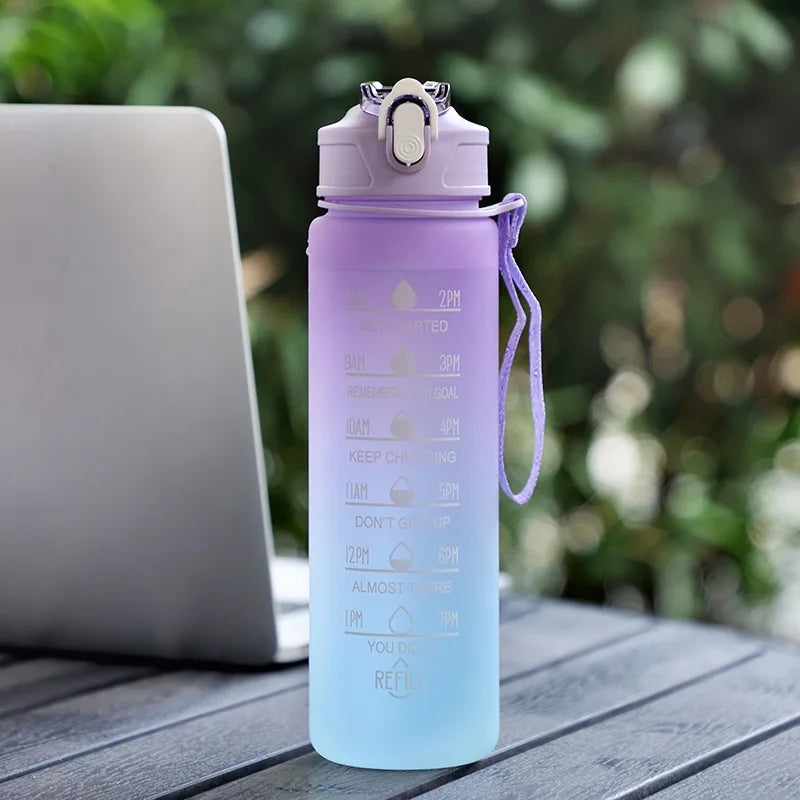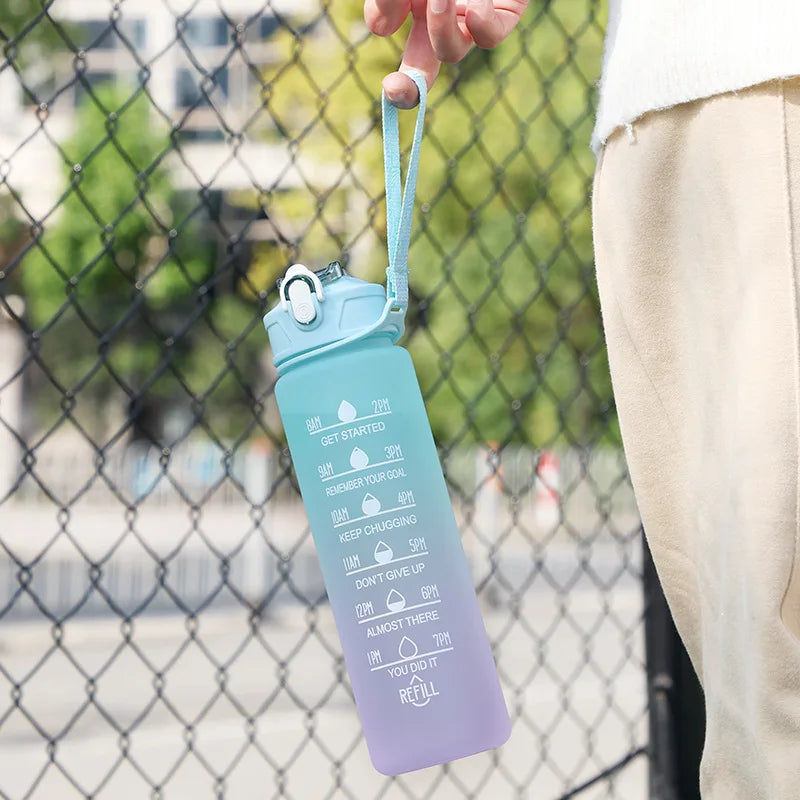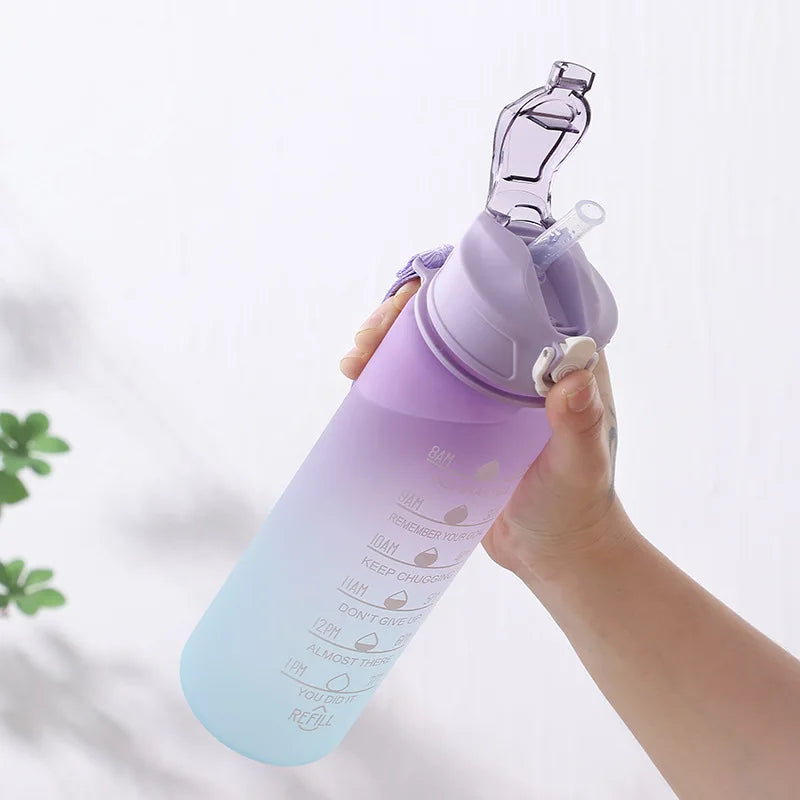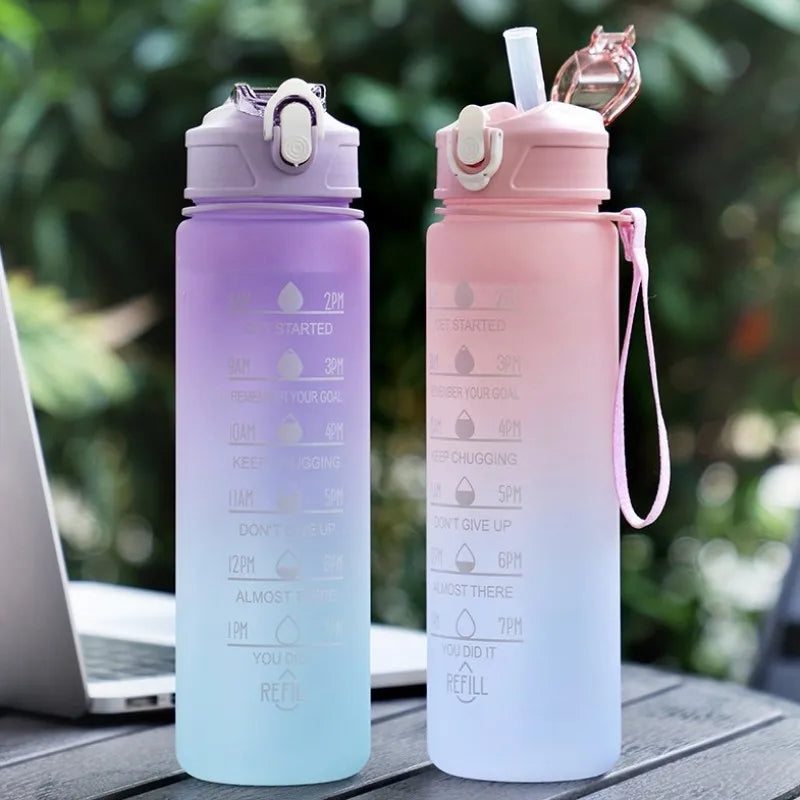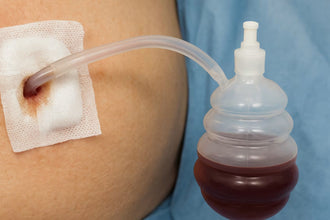
For some surgeries, nerve blocks mean better outcomes, fewer opioids
This is a guest blog post from our friend and industry colleague, Dr. Jinlei Li! The original article can be found here!
In a room near the operating suites at Yale New Haven Hospital's Saint Raphael Campus, anesthesiologist Jinlei Li, MD, prepares a patient for a total knee replacement. She inserts a hair-thin needle into the skin near where the incision will be made. Guided by real-time ultrasound, she tracks the needle's progress to ensure absolute precision—her goal is to send in enough anesthetic to bathe the nerve and make it numb without touching it. This nerve block, a type of regional anesthesia, is given only to the area that will be operated on. It takes 10 minutes or less to administer.
While general anesthesia affects the whole body and carries with it certain side effects, a nerve block treats only the surgical site and its after-effects are minimal. With a nerve block, Dr. Li's patient may drift off to sleep during surgery or stay awake and talk to the doctors.
"Nerve blocks are better at controlling the pain," says Dr. Li, who is the director of regional anesthesiology for the Yale Medicine Center for Musculoskeletal Care and the Yale New Haven Hospital Saint Raphael Campus, as well as an assistant professor at Yale School of Medicine. "Typically, when a surgeon makes an incision, a pain message travels up the spine and to the brain. But with nerve blocks, the brain doesn't get the message about this pain, so the patient doesn't feel it."
This is important, because if acute pain at the time of surgery is well-controlled, the transition from hospital to home will be easier. This means many patients can go home and treat their pain with Tylenol, with minimal, if any, need for prescriptions for narcotics, says Dr. Li, who, in addition to her clinical work, is a prolific researcher. She is constantly looking for ways to refine the delivery of nerve blocks and make them the non-opioid anesthesia of choice for musculoskeletal (i.e., ankle, arm, hand, foot, hip, knee, leg and shoulder) surgeries, as well as for chest, neck and abdominal surgeries at Yale Medicine.
Effective treatments for pain are not only about making patients more comfortable, but also about acknowledging that pain is not a sign of weakness, Dr. Li says. "Pain is an unpleasant sensory and emotional experience associated with actual or potential tissue damage," she says. "It can bring on anxiety, sleeplessness and cognitive dysfunction, and be a stress on the body's systems—it can affect heart rate and blood pressure and is especially dangerous for people with heart disease. Pain control is intimately linked to surgical outcomes, and chronic pain is the number one cause of disability in the United States," she says.
A recent history of pain control
If you had a musculoskeletal surgery in the last few decades, your doctor may have sent you home with a prescription for an opioid painkiller, which became a popular solution for pain control in the 1990s. You may have been directed—or felt compelled—to finish the pills even as your pain subsided. Many experts believe this approach, coupled with a greater availability of "street" heroin, contributed to what has become an opioid addition epidemic that now causes 115 Americans a day to die from overdosing, according to the most recent national statistics.
This has led many people to look for other pain control options. Those with a past addiction problem are particularly concerned, and others say they don't like the side effects they've experienced when taking opioids, including sluggishness, nausea, constipation and having a "cloudy head," Dr. Li says.
How nerve blocks changed the game
While doctors have been using nerve blocks to treat pain since the 1800s, they became significantly safer and more popular in the 1990s through the use of ultrasound guidance, which allows the anesthesiologist to more accurately control where the medication is delivered. "With ultrasound, we see precisely where the nerves are, but we never inject into one," says Dr. Li, explaining that when this happens it can damage a nerve and cause serious side effects. "We use minimally invasive techniques to reduce the amount of muscle weakness associated with the block."
In the end, nerve blocks simply do a better job of relieving acute pain, especially for pain during movement. "We're seeing patients consume fewer opioids on a daily basis (and for a shorter duration), and their pain scores are much lower than what we had before," Dr. Li says.
What you need to know about nerve blocks
Not every patient is eligible for a nerve block—it depends on their general health and the type of surgery they are having. Still, if you're anticipating musculoskeletal surgery and would like to consider having a nerve block, here is a short primer to address some questions that may come up.
Pain control therapies can vary with the body part being treated
Patients who have a nerve block for anesthesia during an ankle or shoulder repair may need less pain medication when they go home, Dr. Li says. "If it's a minor procedure, they may not need anything. It's just like going to the dentist." But people who have a knee surgery, which can be a more difficult operation with significant pain and swelling, will probably need a bit more, she says. Doctors still prescribe opioid medications to some patients, but usually in smaller amounts. Often, a non-opioid medication will suffice after the block wears off.
Pain can vary depending on weight, age and other factors
Overweight and obese patients, in particular, will benefit from having nerve blocks if they're eligible for them. Because of their weight, they are more likely to have issues like obstructive sleep apnea, which causes them to temporarily stop breathing during sleep and puts them at a higher risk for complications, especially if they take large amounts of opioid medications for pain control.
As far as age, a 16-year-old girl may feel more pain than her 91-year-old grandmother. That's because as people age, their nerves degenerate. At the same time, effective pain control is extremely important for an elderly person—it can mean less time in the hospital, where they are at higher risk for additional medical problems, such as urinary tract and wound infections, pneumonia, and even agitation and delirium.
Just knowing your tolerance for pain can help determine how much pain control you will need. It may help to know that people who are chronic users of opioids, and those who struggle with substance abuse disorders, severe anxiety or depression tend to have a low tolerance for pain.
If a nerve block is not enough, the anesthesiologist can supplement it
In some cases, the anesthesiologist may recommend multimodal analgesia. This involves using a combination of drugs that can include a nerve block—and, in some cases, a small amount of opioid medication—to provide effective relief. After surgery, the most severe pain tends to occur in the first 72 hours. So, after surgery with a nerve block, patients will be sent home with a first-line treatment of non-opioid medications like Tylenol. But they can still receive a prescription for opioids, if necessary.
Nerve blocks can make a difference
Patients given nerve blocks may notice their surgical experience is different in the following ways:
-
They don't experience the side effects of other types of anesthesia, which can include nausea and vomiting, itchiness, drowsiness, constipation, cognitive impairment and poor respiratory function for a period of time after the surgery.
-
Without those side effects, and because the pain is more tolerable, they may spend less time in the hospital. Dr. Li is now working on a protocol to allow more patients to leave the hospital in one day, provided that necessary accommodations have been made for a rehabilitation center or physical therapy visits at home.
-
Patients won't need as much medication at home. Dr. Li says preliminary data shows musculoskeletal surgery patients given nerve blocks are likely to take less medication, not only in the hospital, but also later, she adds.
-
Better pain control at home means physical therapy will be easier and the healing process in general can be quicker.
While your anesthesiologist may recommend one form of pain control over another, he or she should expect that you'll ask questions and be prepared to provide choices based on your situation and concerns. "It's our job to provide each patient with precise, individualized care," says Dr. Li. "And, because patients get to make choices about their care, it's important for them to know their options."
General Disclaimer: All information here is for educational purposes only and is not meant to cure, heal, diagnose nor treat. This information must not be used as a replacement for medical advice, nor can the writer take any responsibility for anyone using the information instead of consulting a healthcare professional. All serious disease needs a physician.
Featured Image: Nerve block nurse Lisa Mastrangello (on the left) with Jinlei Li, MD, an anesthesiologist, discuss a nerve block, which is a type of regional anesthesia. Credit: Garrett Sendlewski

